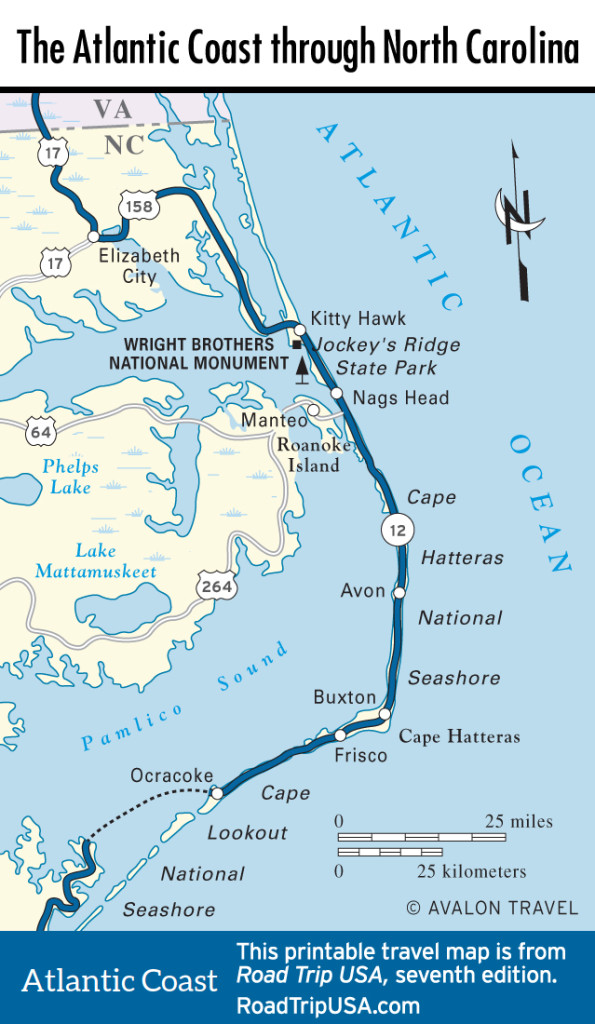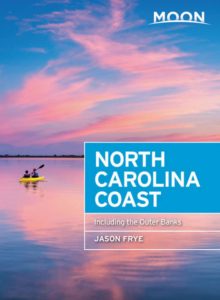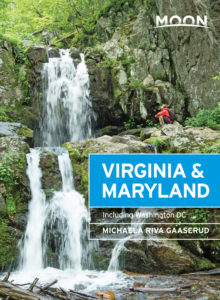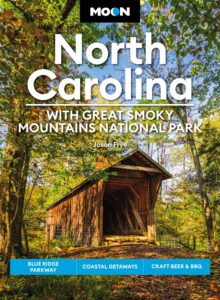Roanoke Island: Fort Raleigh
From an area known as Whalebone Junction at the south end of Nags Head, US-64 runs west over a causeway and bridge to Roanoke Island, site of the first English settlement in North America. The legendary “Lost Colony” was first established in 1584 by Walter Raleigh, but the effort was not a success, and the survivors returned to England. In 1587, a larger expedition of 117 colonists arrived, including women and children, but because of the outbreak of war with Spain and the manifold difficulties involved in crossing the Atlantic Ocean, there was no further contact with England until 1590.
By the time the next supply ship returned, the settlers had disappeared without a trace, which prompted numerous theories about their fate. Now, amid an eerily dark forest, the colony’s original earthwork fortress has been excavated and reconstructed as the centerpiece of the Fort Raleigh National Historic Site. Exhibits inside the visitors center (252/473-2111, daily, free) include artifacts, displays, and a short video explaining the historical context of the colonial effort. There are also copies of the many beautiful watercolors and drawings of native plants, animals, and people produced by the original expedition’s two immensely talented scientists, John White and Thomas Hariot.
Throughout the summer, a waterfront theater adjacent to Fort Raleigh presents a popular production of Lost Colony (252/473-2127, $20-35 adults, less for ages 6-18, free under age 6), which dramatizes the events of the ill-fated settlement. If the weather is fine, spare some time for the large and luscious landscape of the Elizabethan Gardens (252/473-3234, daily, $9), next to Fort Raleigh.
The historic port of Manteo (pop. 1,435; pronounced “MAN-tee-o”), in the middle of Roanoke Island between Fort Raleigh and the beach resorts of the Outer Banks, was named for the Native American who helped Walter Raleigh and the Lost Colony. Manteo is the only county seat in North Carolina that’s located on an island. You can still sense the town’s proud seagoing history as you walk along the quiet streets near the tidied-up waterfront. Surrounded by pleasure boats, the main attraction here is the Elizabeth II (daily Mar.-Dec., $11 adults), a full-size square-rigged replica of the type of ship that carried colonists here from England 400-odd years ago.
Related Travel Guides
North Carolina Map

















